The Haunted House As Feminist Horror Trope
A dark moment at The V&A. Photo courtesy of Milena Le Fouillé.
“I have seldom seen a house so evocative of the unspeakable.”
Women have always held a specific rank in horror stories. Historically, they have been associated to a number of spooky creatures: witches, of course, but also vampires, ghouls and banshees, and even succubi and famous ghosts such as the White Lady. Their power is inevitably depicted as one of seduction leading to destruction and damnation. Women creators, however, have not only taken notes of these archetypes to better reclaim them; they also have inverted traditional horror tropes to mirror their reality. Among them, one horrific element stands above all else: the haunted house, sinister double of the perfect domestic space they were supposed to aspire to. In the visual spectrum, this idea has been seized by fine artists. Louise Bourgeois has dedicated a long and fascinating series to the Women Houses. The Austrian photographer and graphic artist Birgit Jurgenssen's most famous self-portrait shows her dressed into the respectable attire of a middle-class wife, her face crashed against a glass wall, where she previously wrote "let me out". The exploration of the ambiguous links existing between female creators and their homes did not, however, limit itself to the sphere of the visual arts: it also permeates literature.
Top Withens, the secluded farm house believed to be the inspiration for Wuthering Heights. Image via The History Girls.
From the origins of the gothic novel, the possibility to associate the scope of horrors born in the domestic space to the female condition appeared promising. Wuthering Heights (as in, the eponymous farmhouse of Emily Brontë's work) is as much of a cruel character than Cathy or Heathcliff. Thornfield, family domain of Mr Rochester in Jane Eyre, is the epitome of the domestic space turned into prison. At the end of the nineteenth century, this association of physical and mental imprisonment directly inspired Charlotte Perkins Gilman in “The Yellow Wallpaper.”
This process of appropriation of the trope of the haunted house continues and amplifies in the following years, to the point that I would argue that nearly all stories featuring haunted houses of major cultural significance in the past century have been written by women, at least in the English-speaking world. The only exception I can think of might be Steven King's The Shining, and this novel can be read as a metaphor of toxic masculinity taking over the mind of the main character as he slowly descends into madness, which would tend to prove that the genre tackles the issue of gender in this work as well. Novels featuring haunted houses written by women, on the other hand, are numerous and among the most accomplished stories of the century: Shirley Jackson is constantly cited as the queen of the genre, with novels like The Haunting of Hill House and We Have Always Lived in the Castle, but she's closely followed by the magnificence that is Toni Morrison's Beloved. This radical novel about loss, grief and haunted house inspired Helen Oyeyemi’s quaint and beautiful novel White is for Witching, in which the main protagonist Miranda Silver, overwhelmed by the influence of the familial house, is slowly turned into a ghost, like her mother before her. A movie could complete this list of novels: Jennifer Kent’s The Babadook, which opened new horizons for prestige horror when it came out in 2014.
Le Pavillon, the famously haunted hotel of New Orleans. Photo by Raquel Reyes.
“The resonance between the haunted house and female madness is meanwhile firmly grounded in the tradition of the gothic novel. ”
What makes stories about haunted houses written by women generally so unique is that the haunting is rarely simply the expression of an antagonistic force acting against the protagonist. More often, they force their readers to question the reliability of their narrator, and, through the possibility of madness, encapsulate the trauma manifesting itself physically in the domestic space. In that regard, these stories allow us to consider the supernatural as a force only threatening if one searches to oppose it, rather than accept that it is a part of us to be reckoned with.
The resonance between the haunted house and female madness is meanwhile firmly grounded in the tradition of the gothic novel. In Jane Eyre, perhaps the most emblematic of these narratives, the main protagonist experiences at least two haunted spaces : the red room her aunt locks her into when she's a child, where the fright of an encounter with her uncle's ghost causes a nervous fit, and Thornfield, where Bertha Mason, the mad wife in the attic, visits her a few nights before her wedding day. The structure of the domestic space invites the parallel with the female psyche and the dark forces lurking in its periphery (the cellar, the attic). The identification of these threats does not necessarily lead to their utter destruction, however. The Babadook's conclusion invites the viewer to understand the monster plaguing the house as a metaphor for grief, depression, and mental illness. Beyond this device, which is not especially novel for a horror film, however, the ending feels bold because it chooses not to banish the madness within, but instead pleads for its recognition and accept the ongoing struggle of managing the Babadook forever trapped into the cellar.
An unknown painting depicting a woman in distress at Le Pavillon, the famously haunted hotel of New Orleans. Photo by Raquel Reyes.
Reclaiming the trauma that is at the heart of the supernatural experience organically leads to retelling of the narrative of the making of the haunted house. Behind the haunted house at the heart of the story, the reader can very often take a glimpse of another space, another house, where trauma finds its roots. As stated above, before discovering Thornfield, Jane Eyre had already made the terrifying experience of the red room (which is, incidentally, also evoked in The Shining — in the maze of haunted house stories, everything seems to be connected). Jean Rhys, in Wide Sargasso Sea, imagines that before becoming the ghost of Thornfield, Bertha Mason had herself been confronted to the pernicious influence of a decaying house: Coulibri, the sugar plantation owned by her family in Jamaica. Beyond the haunted house in Cincinnati at the heart of Toni Morrison's Beloved, finally, there is another plantation: Sweet Home, from where the main protagonist has escaped but forever associated with torture and loss. These phantom domestic spaces are all, in one way or another, the scene of a tragedy that follows the protagonists of these stories throughout their lives; the haunted house is built upon their prints.
Stills from We Have Always Lived in the Castle (2018).
The violence at the heart of the making of the haunted house does not mean, however, that the female protagonists of these stories are deprived of agency. Shirley Jackson's last and perhaps most peculiar novel, We Have Always Lived in the Castle, tells the curious tale of two young girls, Merricat and Constance, isolated in their family house after the suspicion of collective murder by poison falls on Constance. Wild and free, Merricat finds genuine, if perverse, joy in haunting her domain, hexing the place in the hope that her spells will keep the intruder out of it, while Constance get progressively paralyzed by anxiety at the thought of ever living their in self-proclaimed castle. Shirley Jackson was herself suffering from agoraphobia while writing the novel. The ultimate celebration of the domain as a haunted house by reverent villagers attests to the strength of these less-than-healthy, but potent coping mechanisms on the part of the two sisters.
The transformation of the female protagonist into a supernatural being in her own domestic space is both a gesture of protection and a way to give into temptation. In other words, what makes the haunted house a truly subversive trope is to turn it into a home.
Photo courtesy of Milena Le Fouillé.
Milena Le Fouillé is an art historian based in Paris, France, with a specialty in nineteenth and twentieth century art and a strong taste for mythology, fairy tales and legends. She's probably hiding in a museum's cafeteria right now, reading a novel when she really should be working.





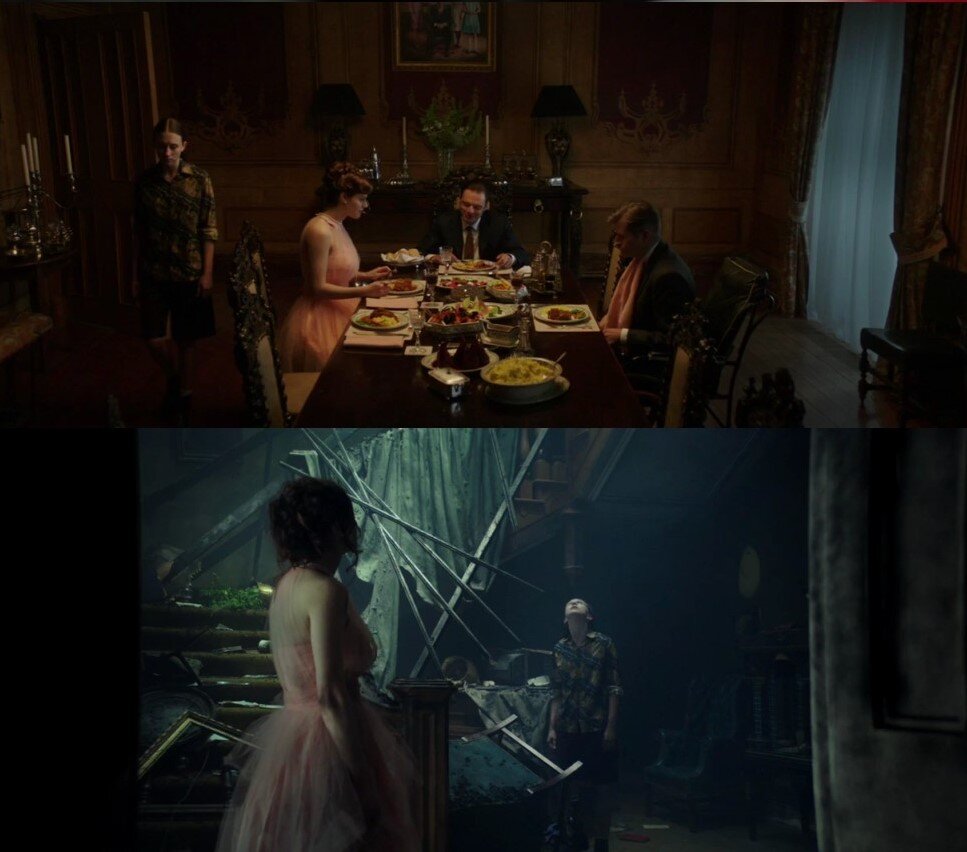


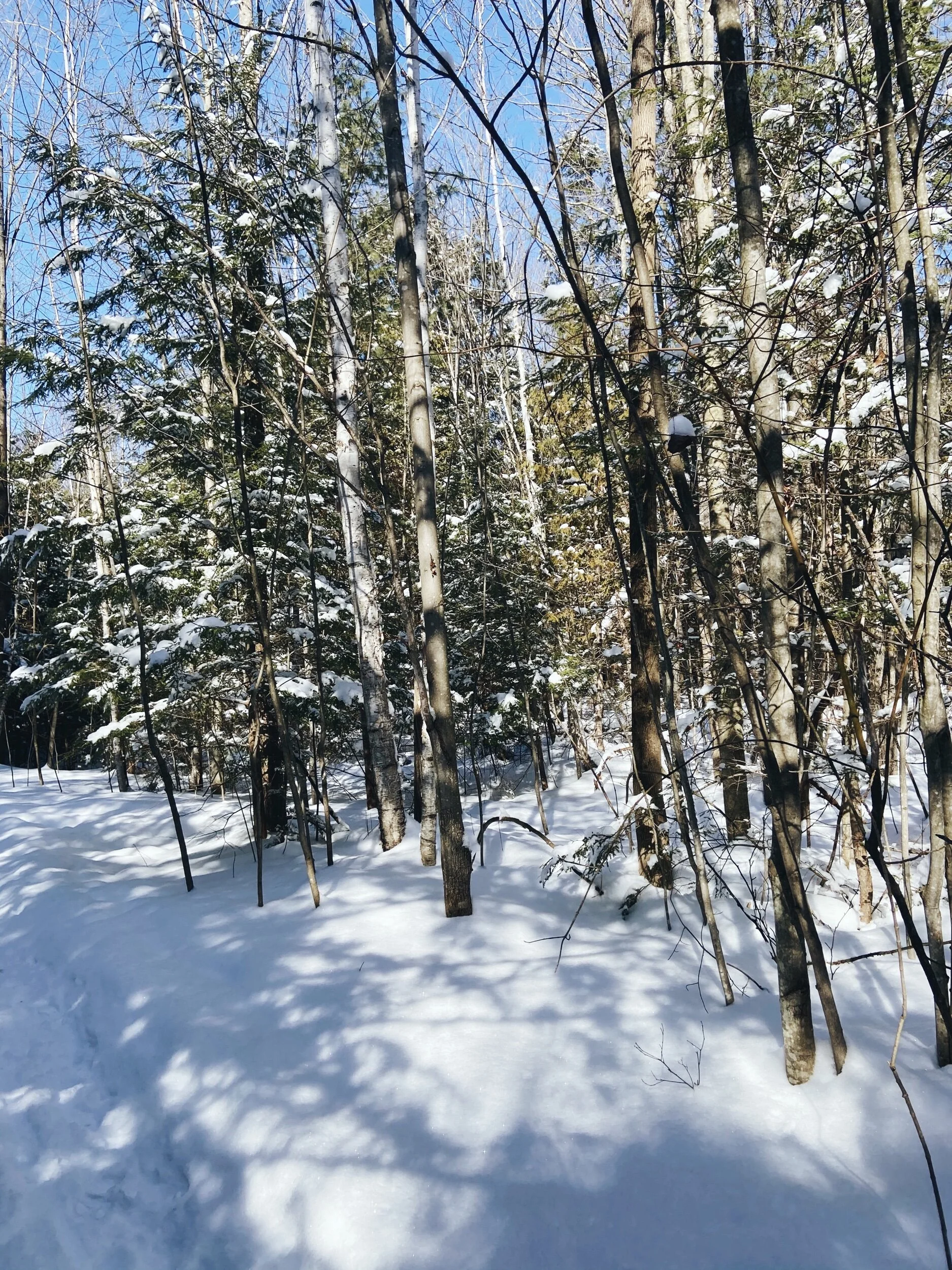

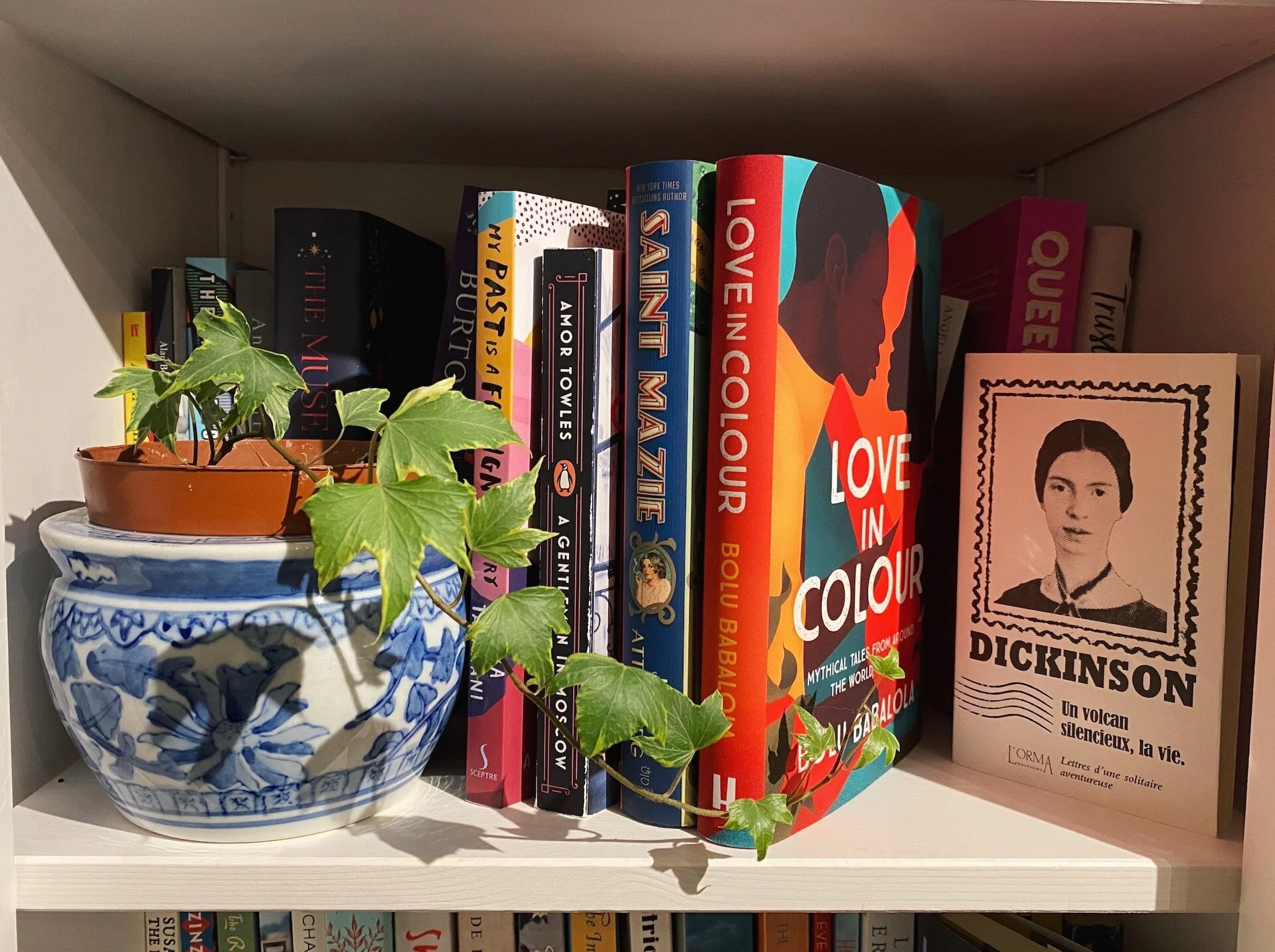
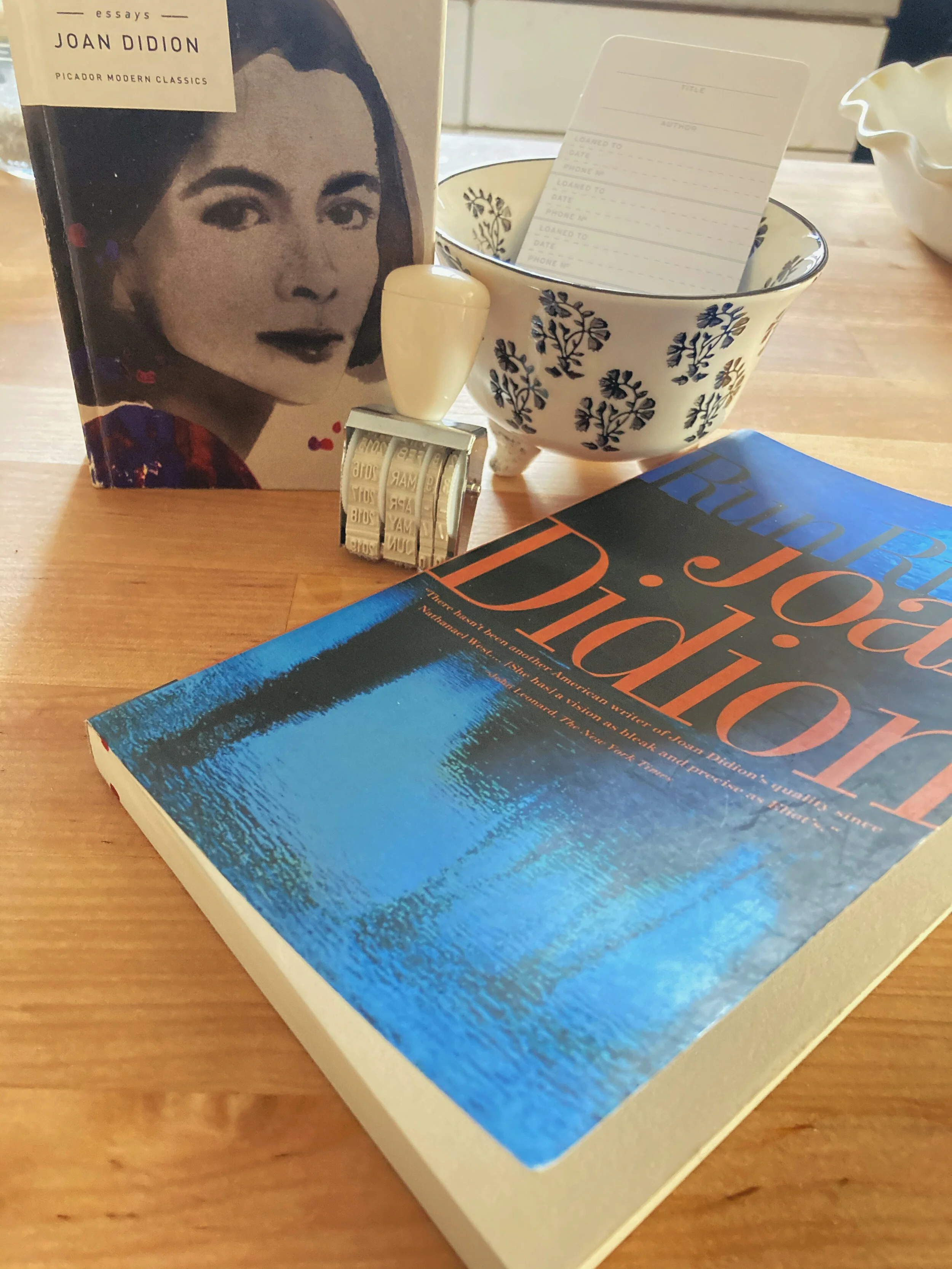
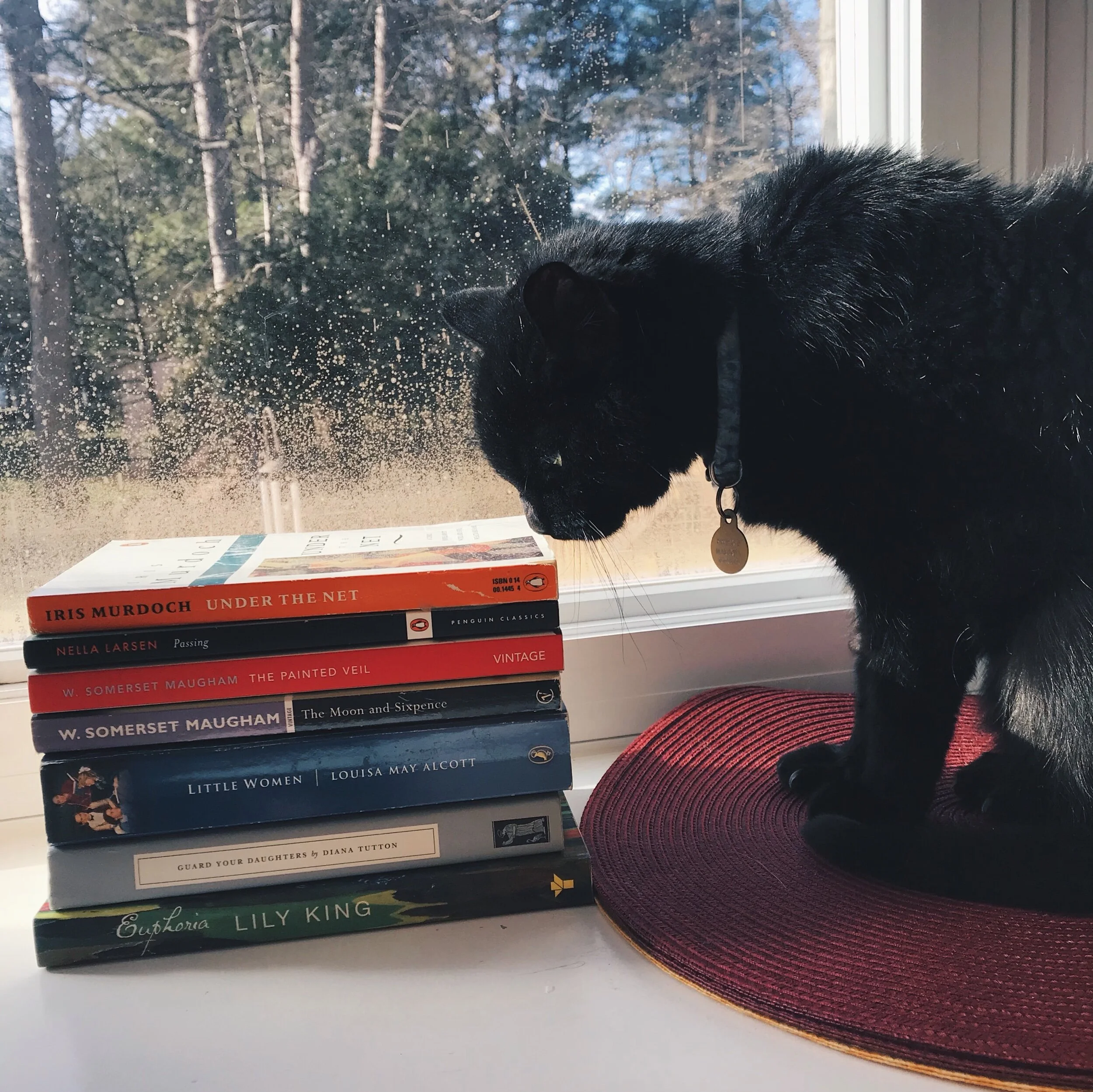


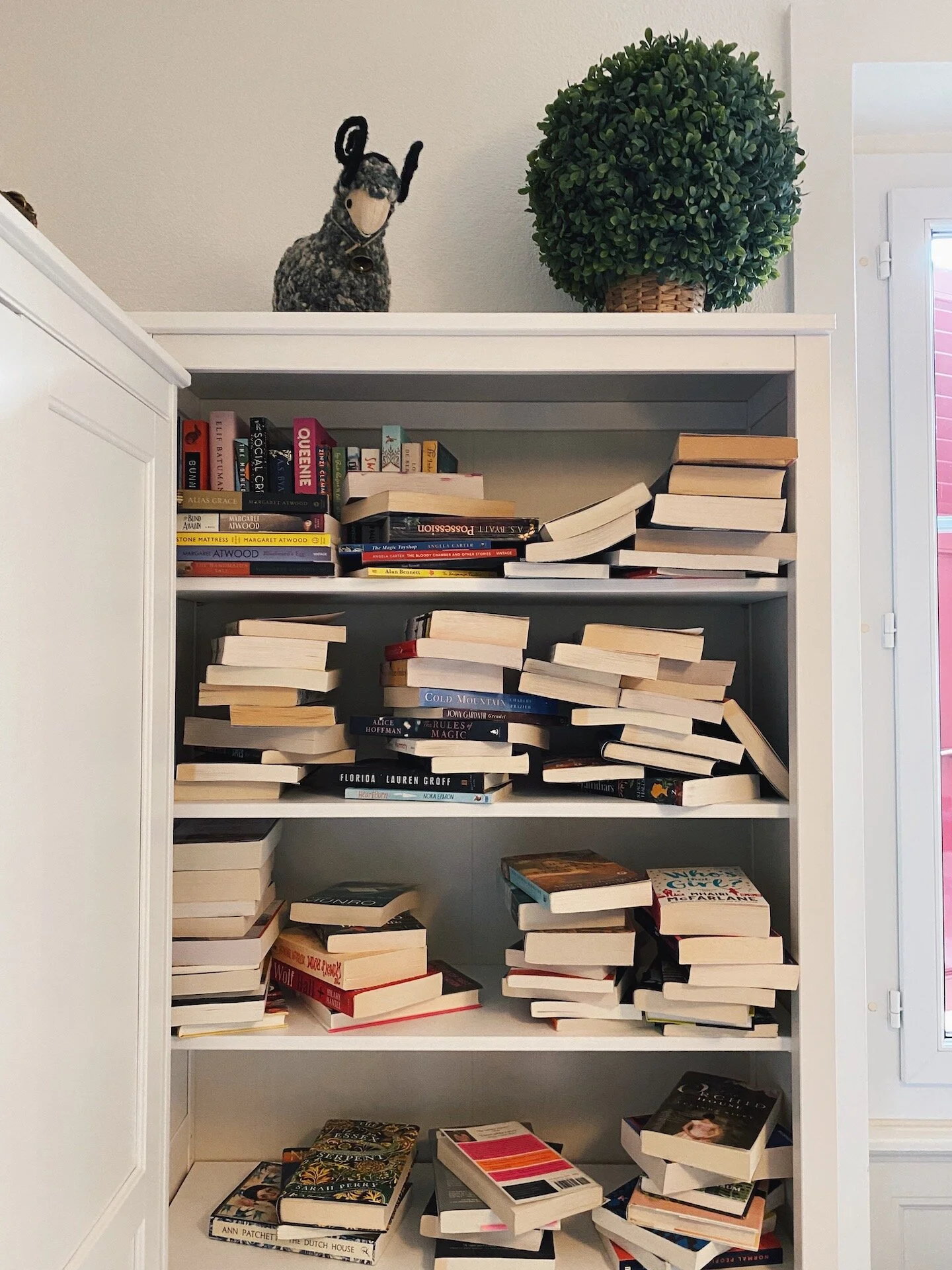
Reading Naoise Dolan’s Exciting Times and Katie Kitamura’s Intimacies, Rachel Tay explores the unease of moving away from one’s own country and language.